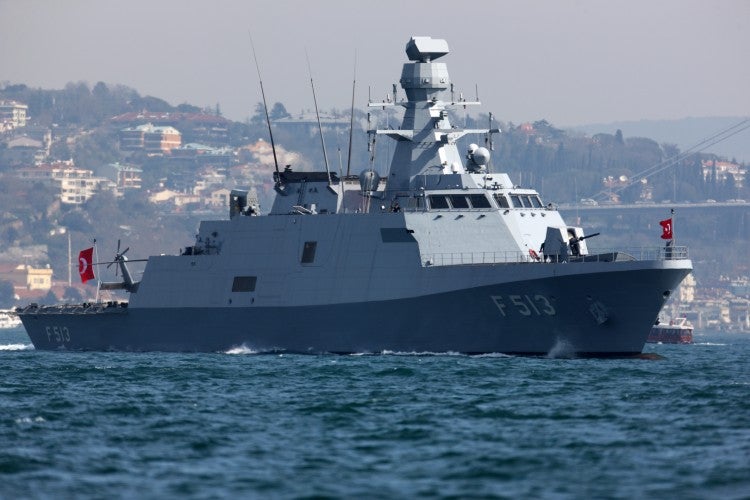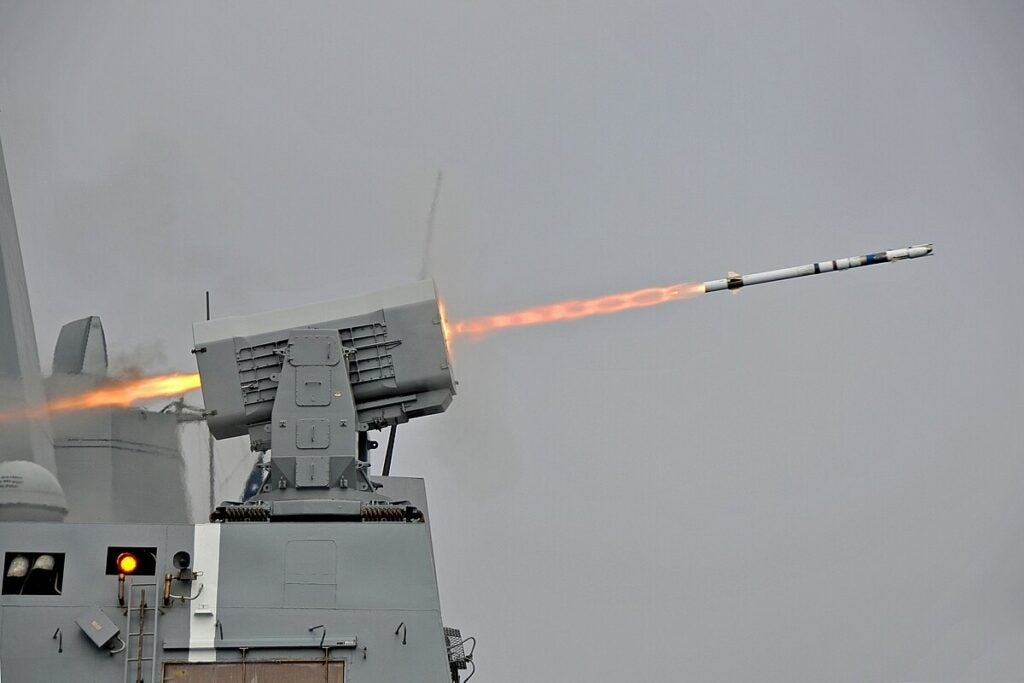U.S. Government Approves $90 Million RAM Missile Package For Turkey
The U.S. government, which has long blocked the sale of RIM-116 missiles requested by Turkey due to CAATSA (Countering America’s Adversaries Through Sanctions Act) sanctions, has recently reversed its stance with the approval of a foreign military sale (FMS). This decision, which is of great importance for the Turkish 2naval forces, was revealed in a report published recently by the U.S. House of Representatives Foreign Affairs Committee, detailing recent approvals for foreign military sales. The sale has not appeared on the in releases from the Defense Security Cooperation Agency who oversees FMS.
According to Naval News, the FMS, valued at $90 million, includes the sale of 94 Mk 44 MOD 4 (tactical) RAM Guided Missile Round Packs, 3 Mk 47 MOD 9 telemeter missiles, and one blast test vehicle. The package also covers transportation and storage containers, as well as technical data from the U.S. Navy’s RAM Program Office on behalf of RAM-System GmbH (RAMSYS) for the Turkish Navy.
The RIM-116 missiles, whose delivery date has not yet been announced, will be used in the RAM systems of four Ada-class corvettes, which were built as part of the MİLGEM Project and are currently in service with the Turkish Navy: TCG Heybeliada (F-511), TCG Büyükada (F-512), TCG Burgazada (F-513) and TCG Kınalıada (F-514).

In addition to the MİLGEM ADA Class corvettes, the RAM PDMS was also planned to be used in the MİLGEM Istif (I) class frigate project, a follow-up program. However, this plan was shelved due to the sanctions imposed by the U.S. Instead, Turkey’s leading companies, Roketsan and Aselsan, have begun developing two separate point defense missile systems, Levent and Göksur. Both systems are currently under development and will soon begin their first test firings.
The Rolling Airframe Missile (RAM) is a fire-and-forget Point Defence Missile System (PDMS) jointly developed by Raytheon of the USA and Diehl Defence of Germany. It enables platforms of all tonnages, from gunboats to aircraft carriers, to defend themselves against Anti-Ship Missiles (ASM), helicopters, aircraft, and surface targets.

These systems consist of a launcher with 21 cells for storing RIM-16 Block I and Block II missiles. The RIM-116 RAM missile is 2.8 meters long, 127 millimeters in diameter, and weighs 73.4 kg, including an 11.3 kg explosive fragmentation warhead. Using the same solid propellant rocket motor as the AIM-9 Sidewinder, RAM missiles can travel at speeds above Mach 2. In addition, with its dual-mode guidance system (passive radio frequency (R.F.) and infrared (I.R.) sensors), these missiles can reach and destroy targets at a range of 10 kilometers with a 95% success rate.

